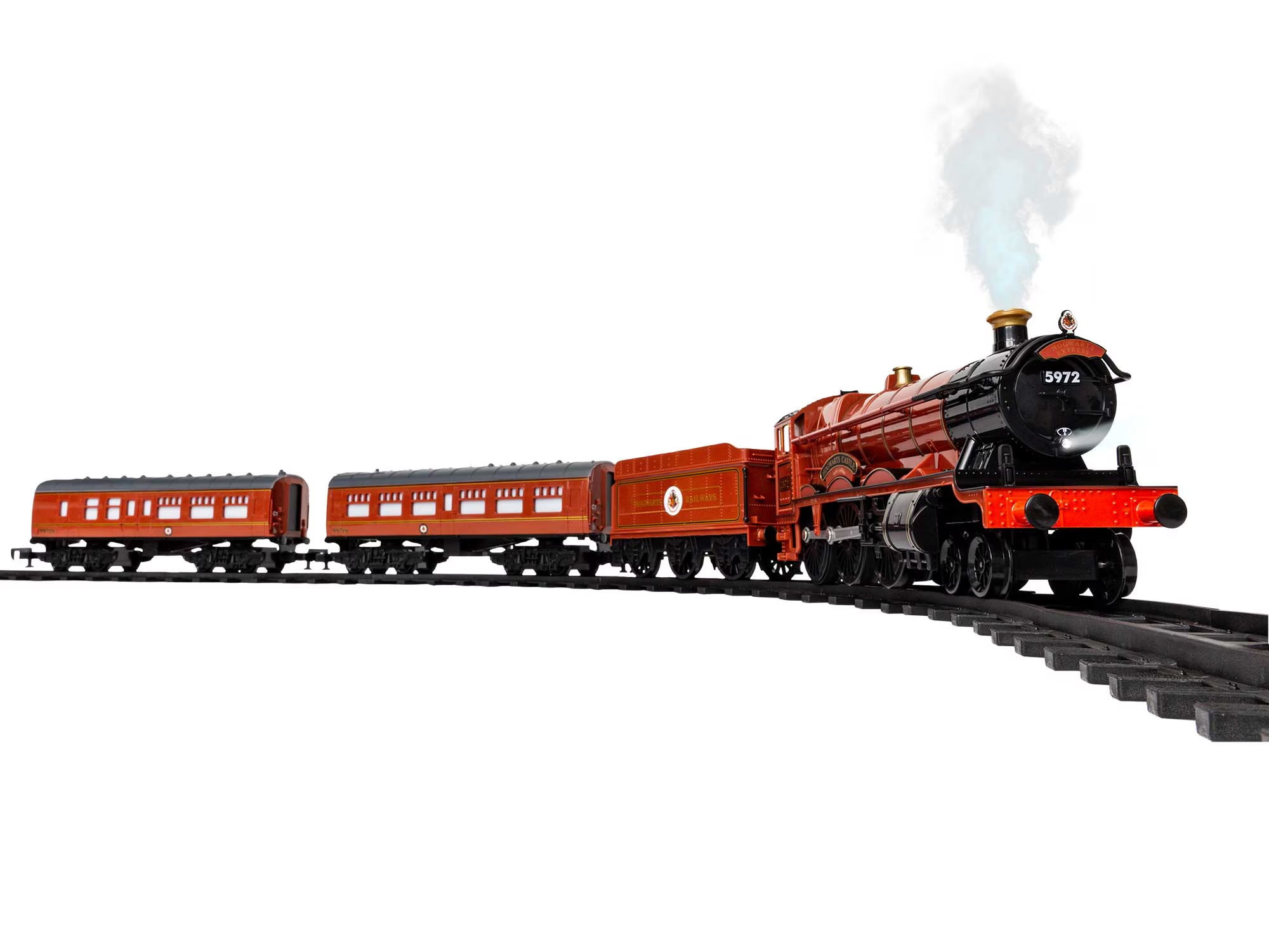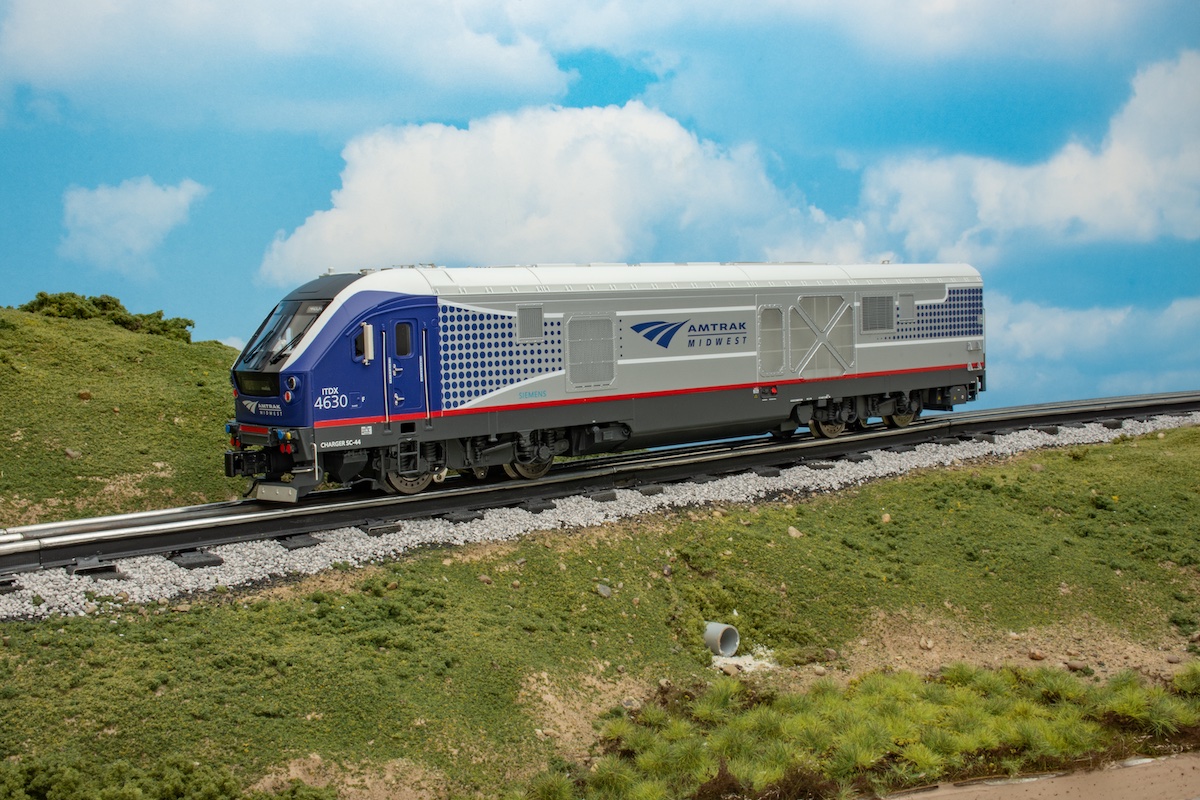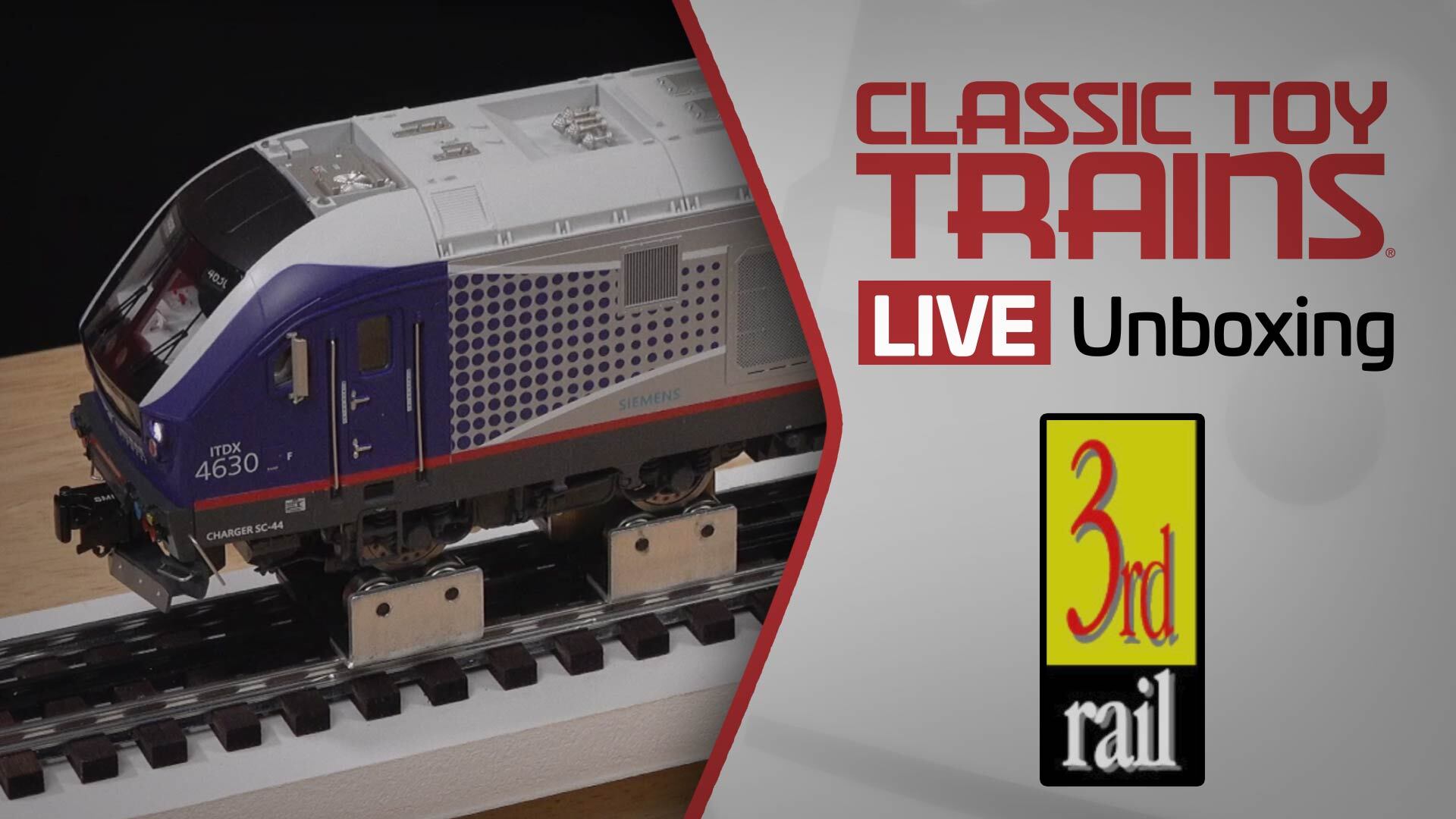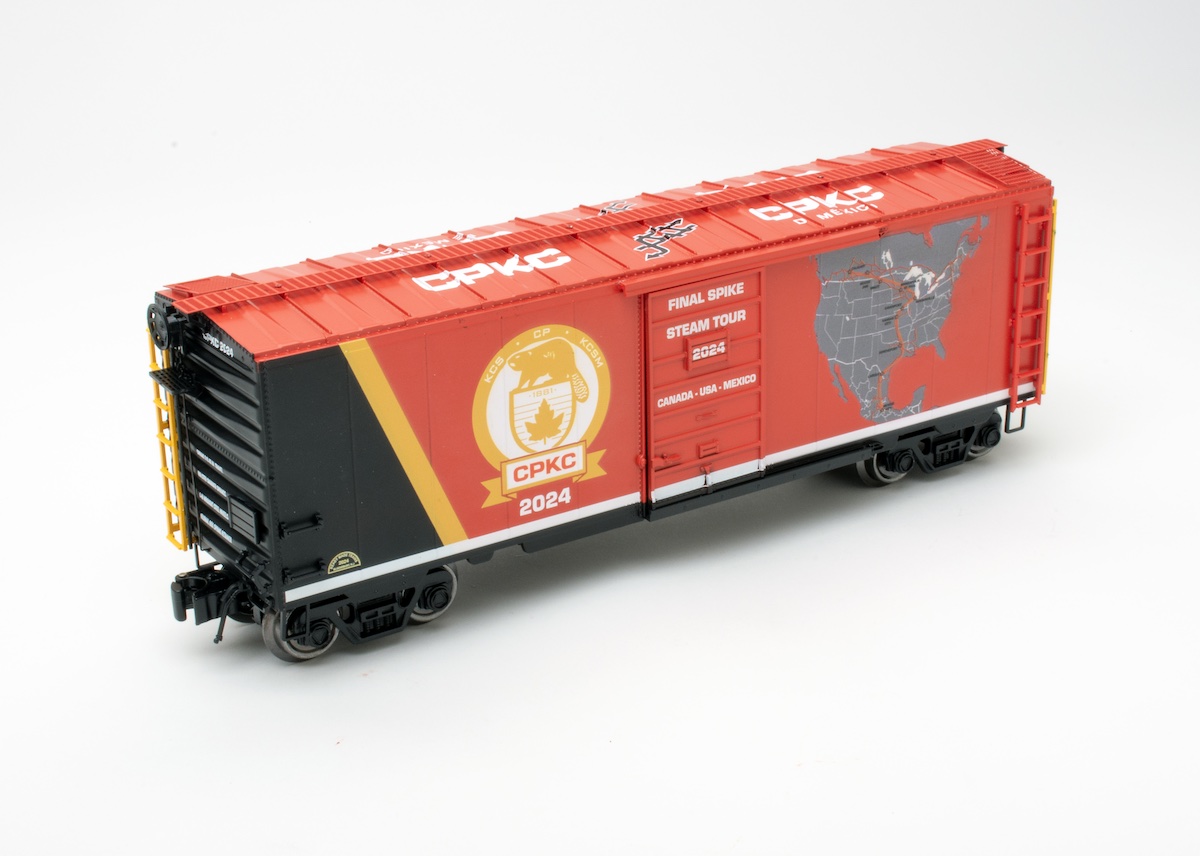During the Great Depression, competition for diminishing passenger traffic was intense. Some roads, such as the Union Pacific, opted for cutting-edge diesel streamliners. Others, such as the Chicago & North Western and Milwaukee Road, opted to use streamlined steam power.
Taking aim at Chicago-Minneapolis traffic, the Milwaukee Road’s hometown shops created new streamlined passenger cars for high-speed Hiawatha service. The American Locomotive Co. in Schenectady, N.Y., manufactured four (two in 1935, one each in 1936 and 1937) matching A-class 4-4-2 Atlantics to pull the trains. From day one the flashy Atlantics delivered premium performance worthy of their good looks.
The engines had 84-inch drivers, and each weighed more than a USRA Pacific locomotive. And boy, could they fly! According to once published source, during scheduling runs an Atlantic hit 128 mph. Another reference cited the locomotives as being able to pull a 500-ton train through curves at 80 mph.
They could make the 410-mile run between Chicago and Minneapolis in 61/2 hours, an average speed of 63.1 mph. As writer Jim Hediger noted with subtle humor in an article on the Hiawatha in the January 1984 Model Railroader, “in regular service the speed seldom exceeded 90 mph.”
In 1938, the 4-4-2 Atlantics were displaced by similarly styled F7-class 4-6-4 Hudsons. The Atlantics were assigned to the Midwest Hiawatha route from Chicago to Omaha. Eventually diesels replaced the Atlantics, and the engines were pulled from service in 1951.
The model
This is the second time Weaver has produced a Hiawatha Atlantic, the first in 1995. This version has two features not available on the first: Lionel’s RailSounds and TrainMaster systems.
Normally, a painted brass steam engine looks pretty much like any other painted steam engine – it’s black. But apply a bright paint scheme, like that of the Hiawatha, and you have an undisputed work of art.
Most of the boiler is a light gray that complements the orange and maroon stripes of the locomotive. The winged shield on the nose, bearing the locomotive’s single-digit number, is nothing short of stunning. The train name, “Hiawatha,” is on the side of the boiler, while the engine number is applied to the cab. The tender, also gray, maroon, and orange, bears the words “The Milwaukee Road” and is available with or without the Indian. The pilot wheels, drivers, trailing truck, and tender trucks all have maroon accents. The overall appearance is exceptional.
Nose to coupler the Hiawatha measures 223/4 inches, or 91 feet in O scale, compared to the prototype’s 90 feet. The difference comes from the oversized O gauge coupler on the tender.
The boiler features simulated hatches and hinges (for maintenance access through the streamlining) along the catwalks. A handrail forms a segmented “u” around the nose, and there are white marker lights on the sides of the nose as well as the tender.
All four lights remain on regardless of direction of travel. The running boards have a safety tread texture, and there are tiny builder’s plates just below. Alongside and right behind the headlight are see-through air vents.
The cab features two crew figures and add-on handrails, as well a “sun roof” hatch you can open or close. If you peer into the cab, you’ll also find an outfitted backhead with red valve handles to accent the detail!
The tender mirrors the prototype’s coffin shape and uses one three-axle truck and one two-axle truck. There is a walkway for crewmen to get up top to facilitate taking on water. Very well done, indeed.
Weaver also offers a matching Milwaukee Road Hiawatha 4-6-4 Hudson and eight ribbed-sided passenger cars that first ran with the Atlantics.
On the test track
The Atlantic locomotive uses an older-style six-prong tether similar to those Lionel used in years past; one plug has a single prong and five holes, the other has five prongs and one hole. It is a bit awkward to connect the two pieces. Attaching the drawbar was also a challenge because I had to really squoosh up the tether wire into the locomotive shell to get the drawbar slot to meet the pin under the cab.
The Hiawatha delivered good performance on our test track. Our low-speed average was 22.9 scale mph and the high-speed average was 106.9 scale mph. Our drawbar pull measurement had the 7-pound, 6-ounce engine pulling a solid 2 pounds.
When running at 18 volts with a 25-car mixed make and vintage freight train in tow, the Hiawatha was clocked at 89.7 scale mph.
We operated the engine on O-54 and O-72 track and encountered no notable problems. The Hiawatha has two pickup rollers 31/2 inches apart, both on the locomotive. The locomotive’s can-style motor and drive mechanism was a little balky at lower speeds, but this eventually worked itself out as the engine accumulated more time on the track.
Aesthetically, the only thing that caused us to frown was a whirring noise from the motor and drive mechanism. It was very noticeable at low speeds, and even more so the faster the locomotive moved. The distraction was mitigated somewhat by the noise of the train-in-tow rumbling around the test track and the adjustable volume of the Lionel RailSounds speaker.
The RailSounds system delivered a nice assortment of sounds, and a functional check of TrainMaster commands found all to work as advertised. When we checked the Hiawatha with the MRC DualPower O-27, a transformer many new digital-feature locomotives don’t like, we found the engine would occasionally stop when the bell or whistle button was hit, but otherwise it performed properly.
The Weaver Hiawatha is a wonderful brass model of a stand-out locomotive. The O gauge model’s performance will place it (and the matching Hiawatha passenger set) as one of the most eye-catching trains running on any large layout.














